Whether it’s pre-charting, surgical consult notes, or post-op documentation, providers and staff spend hours each day on data entry. This overhead not only contributes to burnout but also eats into time that could be spent on patient care.
AI offers a promising path forward—especially when it’s built to work within the orthopedic workflow. From automating chart prep to streamlining imaging notes, AI tools are proving they can cut documentation time significantly while improving accuracy and consistency.
Common Documentation Pain Points in Orthopedic Clinics
- Pre-Visit Charting: Reviewing referrals, past imaging, and history before appointments.
- Post-Visit Notes: Documenting patient encounters, treatment plans, and surgical recommendations.
- Imaging Summaries: Summarizing X-rays, MRIs, and CT scans in structured formats.
- Procedure Documentation: Pre-op and post-op reports that often require detailed narrative.
- Duplicate Work: Re-entering the same patient data across systems or templates.
These challenges don’t just waste time—they introduce the risk of errors and delays in care. AI can help by handling these repetitive, rule-based documentation tasks autonomously.
How AI Reduces Documentation Time
1. AI-Powered Pre-Charting
Platforms like Honey Health can scan incoming faxes and referrals, extract relevant data, and automatically populate patient charts before the visit. This reduces the time spent manually reviewing records and ensures that providers have the right information at their fingertips.
2. Note Drafting Agents
AI agents can generate structured SOAP notes or consult documentation based on provider dictation, templates, or structured input. These notes can be edited and signed off quickly, saving clinicians up to 70% of their documentation time.
3. Imaging Summary Automation
AI models trained on radiology language can generate summaries for imaging results—such as orthopedic-specific X-rays or MRI reports—streamlining interpretation and charting workflows.
4. Post-Op Documentation Assistance
Post-surgical documentation can be tedious and formulaic. AI systems can learn common orthopedic surgery workflows and auto-fill large portions of the report, flagging only sections needing provider input.
Key Features to Look For in an AI Documentation Tool
- EHR-native functionality: The AI should work within Epic, Athena, Cerner, etc., not outside it.
- Orthopedic specialization: General-purpose AI tools often fail with specialty-specific terms, templates, and logic.
- Clinical context awareness: The AI should understand the difference between a shoulder arthroscopy and a lumbar spine fusion.
- Structured + narrative output: Capable of both dropdown-driven fields and free-text generation.
- Compliance and auditability: HIPAA compliance and clear traceability of AI edits is critical.
Vendors to Consider
- Honey Health – Offers task-specific agents that handle pre-charting, fax review, and procedure documentation tailored for orthopedics. Integrated directly into your EHR and built for compliance.
- ScribeAmerica Ambient AI – Known for real-time transcription in general practice, but lacks deep orthopedic customization.
- DeepScribe – Offers note drafting with provider review, though limited in integrating with orthopedic templates.
- Augmedix – Good for general documentation, but requires real-time interaction and has limited pre-chart automation.
Among these, Honey Health stands out for its focus on orthopedic workflows, deeper automation capabilities, and ability to grow with the clinic’s documentation needs.
Real-World Impact
Orthopedic practices using Honey Health have reported:
- 50–80% reduction in time spent on chart prep and post-visit notes.
- Improved provider satisfaction by eliminating tedious copy-paste tasks.
- Faster onboarding of new staff who can rely on AI assistance for documentation standards.
Conclusion: Automation That Actually Reduces Workload
AI can’t replace orthopedic providers—but it can eliminate hours of documentation work that gets in the way of care delivery. By choosing a platform that understands orthopedic nuances and integrates cleanly with your EHR, clinics can reduce staff burden, improve documentation quality, and give providers more time with patients.
If your team is still buried in templates, faxes, and pre-charting, now’s the time to explore AI options that can help your documentation process run smarter—not harder.

.png)
